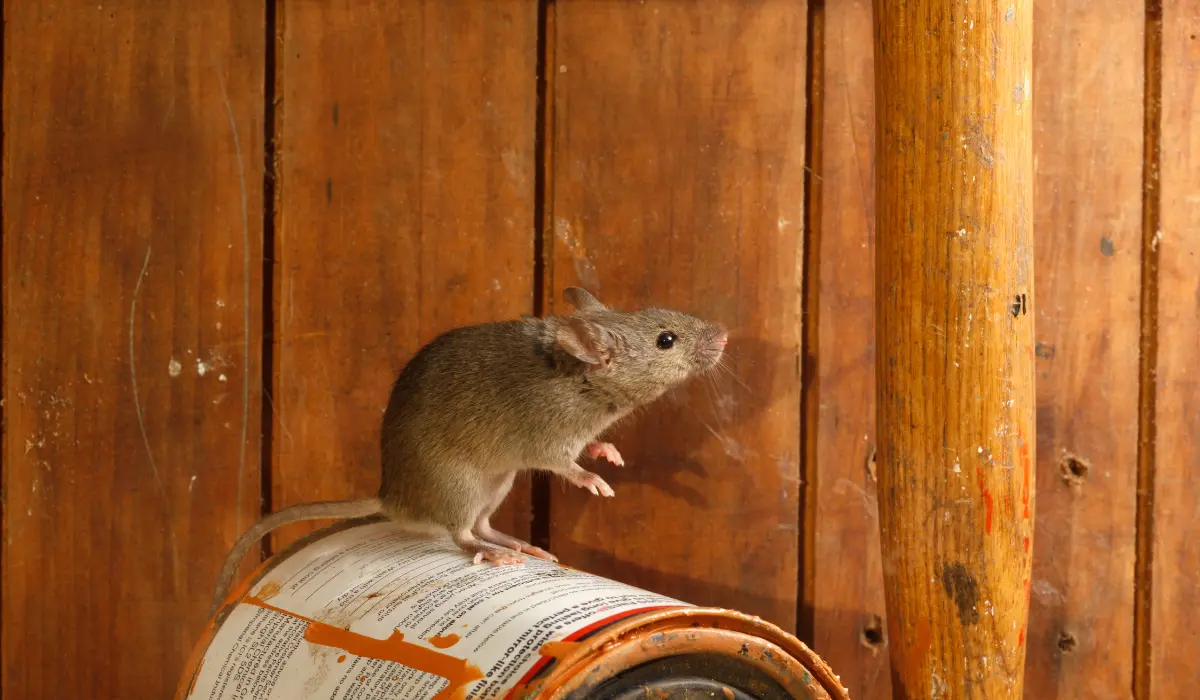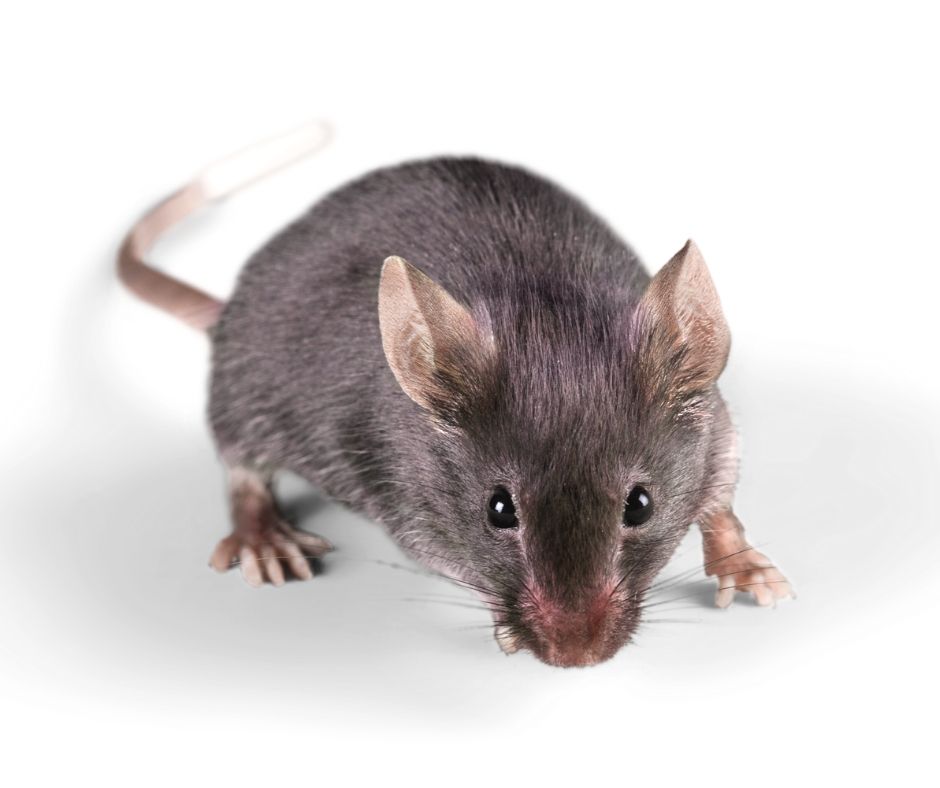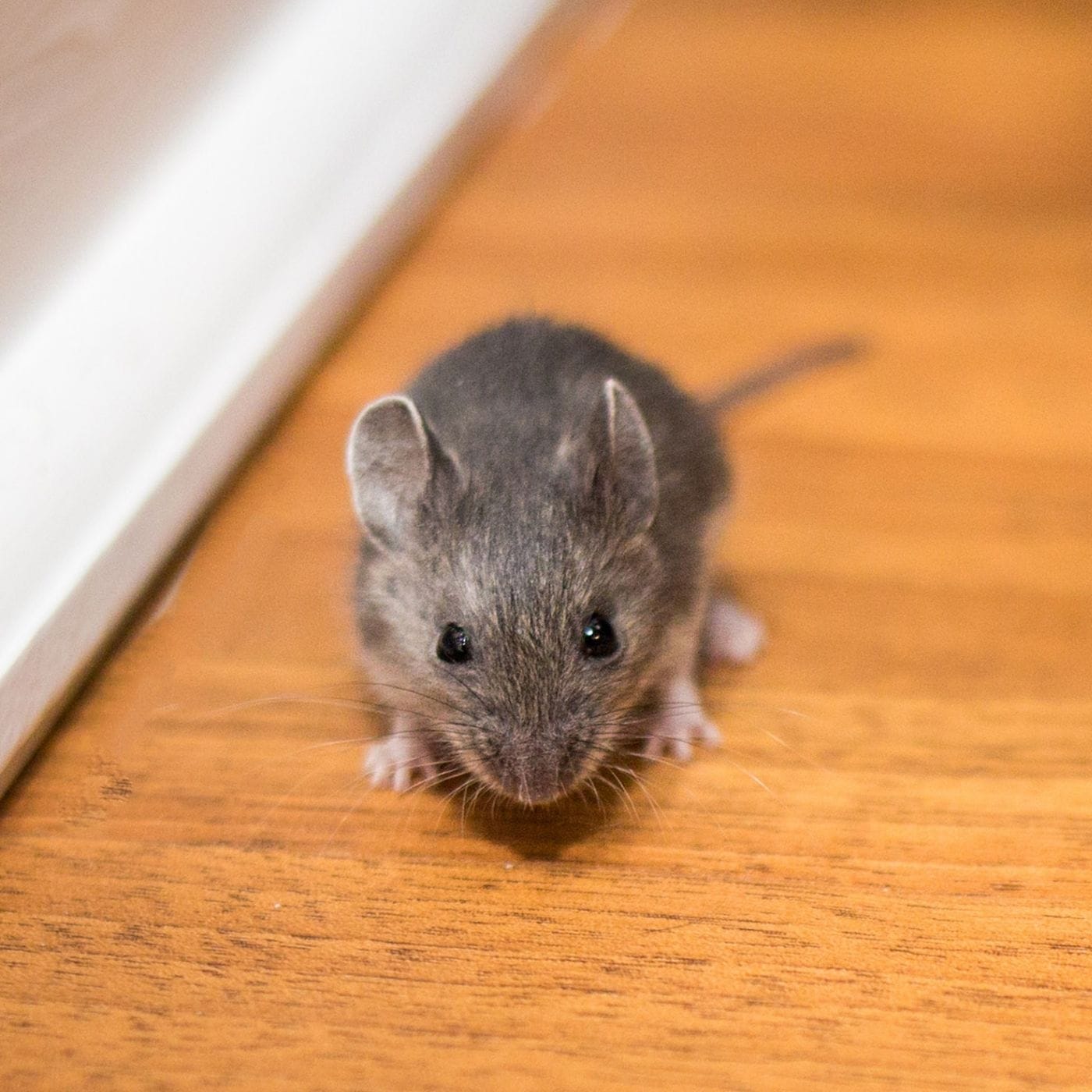Mice Treatments in Florida
Exterminator Services for Fort Myers, Estero, and Immokalee
Florida’s subtropical climate, known for ample sunshine and mild winters, creates comfortable living conditions for people year-round. Unfortunately, these same conditions also attract mice, which thrive in places where warmth, shelter, and easy access to food are readily available. In Fort Myers, Estero, and Immokalee, mice can infiltrate homes, offices, restaurants, and various other structures, taking advantage of even the tiniest gaps along walls or foundations. Once inside, they build nests, reproduce rapidly, and often remain hidden until the infestation has grown severe. By that point, these rodents may have caused damage to wiring, insulation, and stored items, while also posing potential health risks. Understanding how mice prosper in Florida, recognizing the early warning signs of an infestation, and knowing why professional help is crucial can make all the difference when trying to keep a property mouse-free.
Why Mice Flourish in Florida

Florida’s mild winters seldom drop low enough to disrupt the rodents’ life cycle. Mice typically remain active in this climate no matter the season. Unlike colder regions, where harsh temperatures might force rodent populations to decrease during winter months, Florida offers little natural respite. Temperatures usually hover above freezing, and even brief cold snaps rarely last long enough to make a significant impact on mouse populations. Homes and commercial buildings provide further protection from outdoor elements, offering cozy spaces inside attics, walls, basements, and behind appliances.
Indoor comfort is not the only draw for mice. Florida’s subtropical conditions support abundant vegetation and ongoing agricultural activity, providing rodents with a wide variety of natural and man-made food sources. In residential areas, bird feeders, pet food bowls, and unsecured garbage bins can inadvertently feed mice. In more rural zones, such as parts of Immokalee, agricultural operations present additional opportunities for these rodents to secure grains and other stored produce. With minimal temperature fluctuations and consistent food availability, mice have few deterrents to curb their breeding cycle.
The state’s rapid population growth also plays a role. As new homes and commercial structures go up, construction sites can temporarily displace mice from their usual habitats and drive them toward completed buildings or houses still in development. Once construction materials and debris accumulate, rodents take advantage of piles of scrap wood, cardboard, and other nesting materials. From there, it is only a short journey to finding small openings in newly built walls or around plumbing and utility lines. Because of this, areas undergoing frequent development or renovation often experience increased mouse activity.
Telltale Signs of Mice
Many property owners become aware of a mouse problem only when they notice droppings or physical damage. Mice droppings are typically small, rod-shaped pellets found in pantries, under sinks, in cabinets, or along walls. Fresh droppings tend to have a darker appearance, gradually lightening and crumbling with age. Scattered droppings suggest that mice are already active, searching for food, and likely nesting in nearby hidden spaces.
Gnaw marks or shredded materials also indicate mouse activity. Because mice must constantly wear down their ever-growing teeth, they gnaw on anything from wood and plastic to insulation and soft metals. Random holes or chewed edges on furniture, baseboards, and packaging are clear signs. Mice commonly tear apart paper, fabric, or other soft materials to create nesting spots, so unexplained shredded debris might point to a hidden nest.
Nighttime noises can be another tipoff. Mice are typically more active in the evening and early morning, scurrying around in search of crumbs and water. Soft squeaking, light tapping, or rustling sounds behind walls, under floorboards, or in the ceiling can indicate the presence of a growing rodent population. Pets such as cats or dogs may fixate on specific rooms, corners, or appliances if they detect the faint sounds or scents of mice. In some cases, the distinctive smell of urine or a musty odor can confirm that rodents have taken up residence.
Risks of Ignoring Mice
Allowing a mouse problem to persist can lead to significant consequences. Mice breed swiftly, especially in climates where they are not forced into dormancy, so what starts as a small issue can soon escalate to a large infestation. Female mice produce multiple litters a year, each containing several pups. As these pups mature, they begin reproducing in turn. Within just a few months, a handful of mice can multiply into dozens more, overwhelming a household or business.
With their tendency to chew on objects to file down their teeth, mice may cause costly damage to wiring, piping, and even structural beams. Chewed wires create a fire hazard, and compromised insulation reduces a building’s overall energy efficiency. Damaged packaging and spoiled food can become a regular occurrence in kitchens, while the smell of urine can permeate cupboards or closets. Mice also transmit various pathogens, which can spread through droppings and urine when left unchecked. Although such diseases are relatively rare, the potential health risk persists for anyone who comes into contact with contaminated surfaces or food items.
Failing to act promptly can also affect neighbors and business operations. In multi-unit buildings, mice can migrate through walls and utility lines, affecting adjacent residences or offices. For restaurants, hotels, and grocery stores, visible signs of a mouse infestation can result in lost business, damaged reputations, and violations of health regulations. Timely extermination is therefore critical in containing the spread and lessening the chance of recurring invasions.
Why a Professional Exterminator Is Crucial
Mice are adept at finding hidden places to nest and breed, so locating and eliminating them often proves challenging for anyone lacking the proper training and tools. An experienced exterminator brings knowledge, resources, and a systematic approach that is difficult to replicate with do-it-yourself solutions. Because mice can slip through openings as small as a dime, every potential entry point should be identified and sealed. Professionals know exactly where to look, from foundation cracks and attic vents to compromised door sweeps and window frames.
Addressing all stages of a mouse’s life cycle is equally important. Fully grown mice are not the only threat; their offspring can lurk unseen for weeks in walls or boxes. A thorough approach includes not just trapping adult mice, but also verifying that no young remain hidden away to restart the infestation. By understanding where rodents travel and what food sources they prefer, a trained exterminator can place traps or bait stations strategically for maximum effect while limiting the potential exposure to pets or children.
Chemicals and poisons can be harmful if misapplied, especially in homes with curious kids or animals. An expert balances efficacy against potential hazards and selects safe, targeted treatments that reduce risk to non-target species. Additionally, professional exterminators often focus on exclusion work—blocking or repairing entry points with materials such as steel wool, wire mesh, or caulking that mice cannot easily gnaw through. This long-term solution helps ensure rodents cannot return once the current population is eliminated.

Typical Methods for Mice Treatments
An effective mouse extermination process generally starts with a comprehensive inspection. This step involves examining basements, attics, closets, and any other areas where rodents might nest. Droppings, rub marks, gnaw marks, and tiny pathways along baseboards provide clues to the mice’s movement patterns and main entry routes. Once these hotspots are mapped out, targeted traps or bait stations are set to capture or kill the rodents.
Exclusion often follows immediately or shortly after initial trapping, sealing off points where mice are likely entering from the outside. Areas around pipes, vents, and utility lines may be patched or reinforced to prevent reinfestation. In certain situations, additional measures may include applying deterrent products around the exterior of the building, reducing exterior clutter or overgrown vegetation, and suggesting ways to improve interior cleanliness. By removing easy access to food, water, and nesting materials, property owners can discourage new or returning mice from settling in.
Follow-up visits confirm that the infestation is under control. Traps are inspected for captures, and the exterminator checks whether any droppings or gnaw marks appear between visits. Adjustments can be made, such as adding traps to different areas or reinforcing barriers, if evidence suggests that mice persist. Ongoing vigilance plays a vital role in ensuring that no hidden colonies remain and that newly arrived mice do not re-enter.
Service Areas
Fort Myers lies along the Caloosahatchee River and the Gulf Coast, boasting picturesque waterfront views and a warm climate. These scenic qualities also support thriving wildlife, which includes rodent populations. Mice commonly enter local homes and businesses seeking shelter and stable food sources. Whether found in a suburban home or a bustling commercial setting, they can quickly become a significant nuisance without expert intervention.
Estero, located between Fort Myers and Naples, is known for its blend of residential communities and natural preserves. Properties here often feature lush landscaping, which can inadvertently harbor mice if left unchecked. Garages, sheds, and outbuildings offer additional hiding spots, especially in neighborhoods with older structures. Professional extermination efforts focus on eliminating rodents indoors and addressing conducive conditions around yards and exterior premises.
Immokalee, with its rural and agricultural backdrop, faces unique challenges when it comes to rodent control. Large tracts of farmland and storage facilities sometimes create abundant nesting options for mice, while also providing substantial sources of food. Controlling mice in such environments may require specialized strategies that account for livestock areas, crop storage, and outbuildings. Effective treatments ensure that both residential areas and commercial spaces are protected against ongoing rodent invasions.
Why Our Mice Treatments Excel
Longstanding experience with Florida’s rodent behavior enables a clear understanding of how mice adapt and move within different environments. Every plan is tailored to address the property’s architecture, the severity of the infestation, and the client’s specific concerns, whether in a single-family home or a larger commercial building. By combining thorough inspections, safe trapping and baiting, and comprehensive exclusion services, the overall method covers each stage of the infestation.
Careful consideration is given to the well-being of occupants, including pets. Treatments are applied in a manner that limits chemical exposure, and instructions are provided to ensure that any traps or bait stations are kept out of reach of children and animals. Clients also receive recommendations for daily maintenance, such as proper food storage, timely garbage disposal, and clearing any clutter that might serve as nesting material.
Follow-up support helps verify that no mice remain. If, for any reason, signs of new activity appear, the same systematic process begins again to locate and remove hidden rodents. By focusing on the root causes of infestations—like structural vulnerabilities and easily accessible food sources—the plan remains both corrective and preventive.
Call to Action
Taking swift action at the first hint of mice is the most effective way to avoid rampant infestations and potential damage. Droppings, gnaw marks, squeaking in the walls, or even a fleeting glimpse of a mouse can all signal that rodents have settled in. Contact us to learn more or schedule your service. Quick intervention stops mice from breeding unseen and safeguards your property from more significant hazards, whether you live in Fort Myers, Estero, Immokalee, or another part of Florida’s subtropical region.

Maintaining a Mice-Free Environment
Sealing entry points is a critical step. Because mice can squeeze through very small holes, the simplest cracks or gaps along foundations, doors, and windows should be closed off using rodent-proof materials like steel wool or wire mesh. Good sanitation also helps. Securing pantry items in sealed containers, promptly cleaning up spills, and disposing of garbage correctly can all reduce the incentive for mice to linger indoors. Clutter—whether in closets, storage rooms, or basements—provides excellent hiding places and nesting supplies, so regular organization and cleaning make a big difference.
In exterior areas, reducing tall grass and trimming shrubs away from walls can help deter rodents from approaching. If pet food is kept outside, using sealed containers and not leaving it out overnight further removes potential feeding spots. Insisting on these preventive measures creates an environment that is far less inviting to mice, decreasing the need for extensive rodent control later.
Florida’s balmy temperatures may encourage mice to remain active year-round, but with consistent vigilance and professional assistance, it is possible to keep properties rodent-free. By recognizing the early signs of an infestation, acting immediately to address the problem, and committing to regular upkeep and exclusion measures, homeowners and businesses alike can prevent unwelcome surprises. A clean, secure property fosters peace of mind and safeguards everyone from the hazards mice can bring, proving that a well-informed and proactive approach goes a long way, even in Florida’s mouse-friendly climate.
